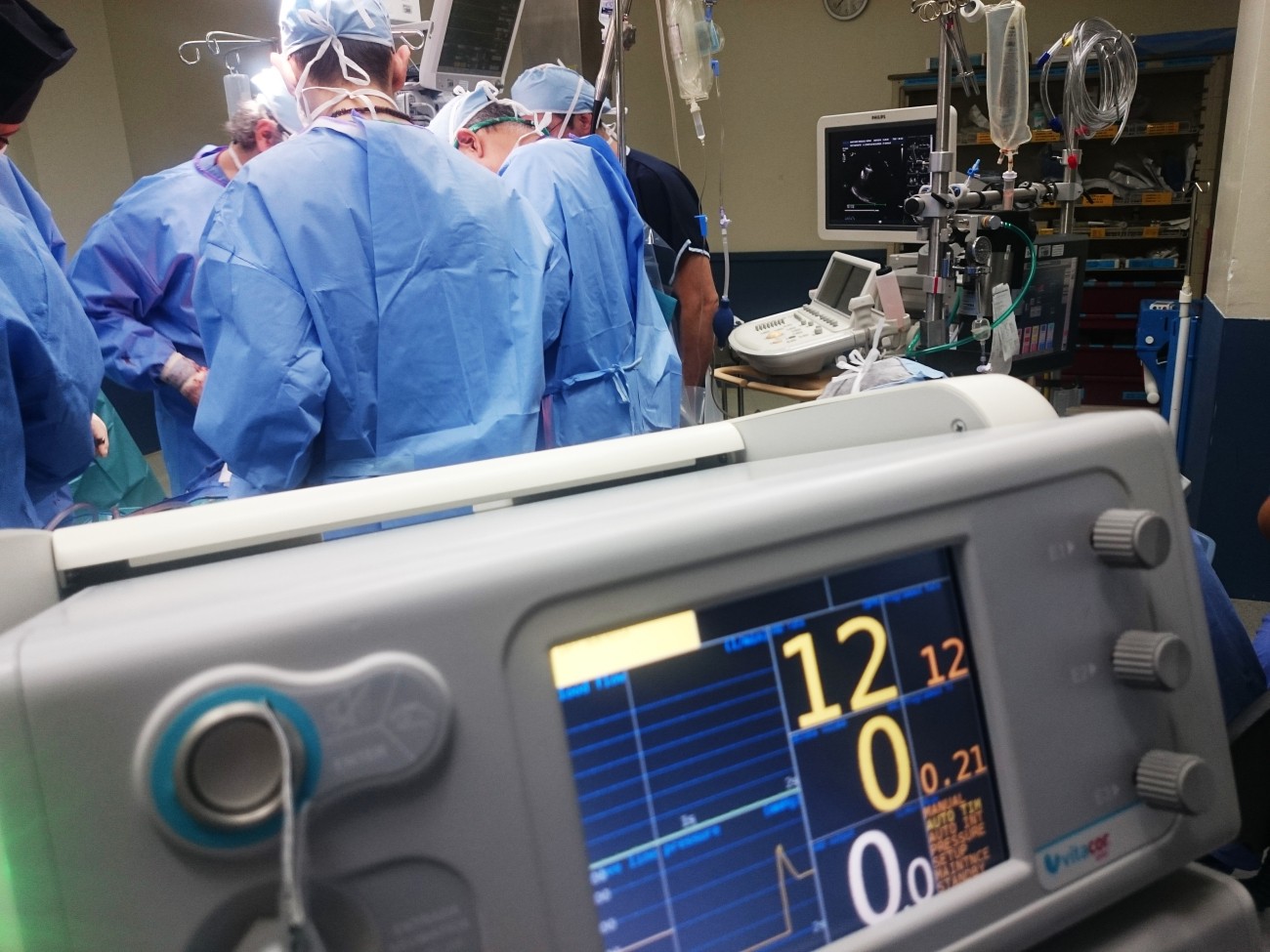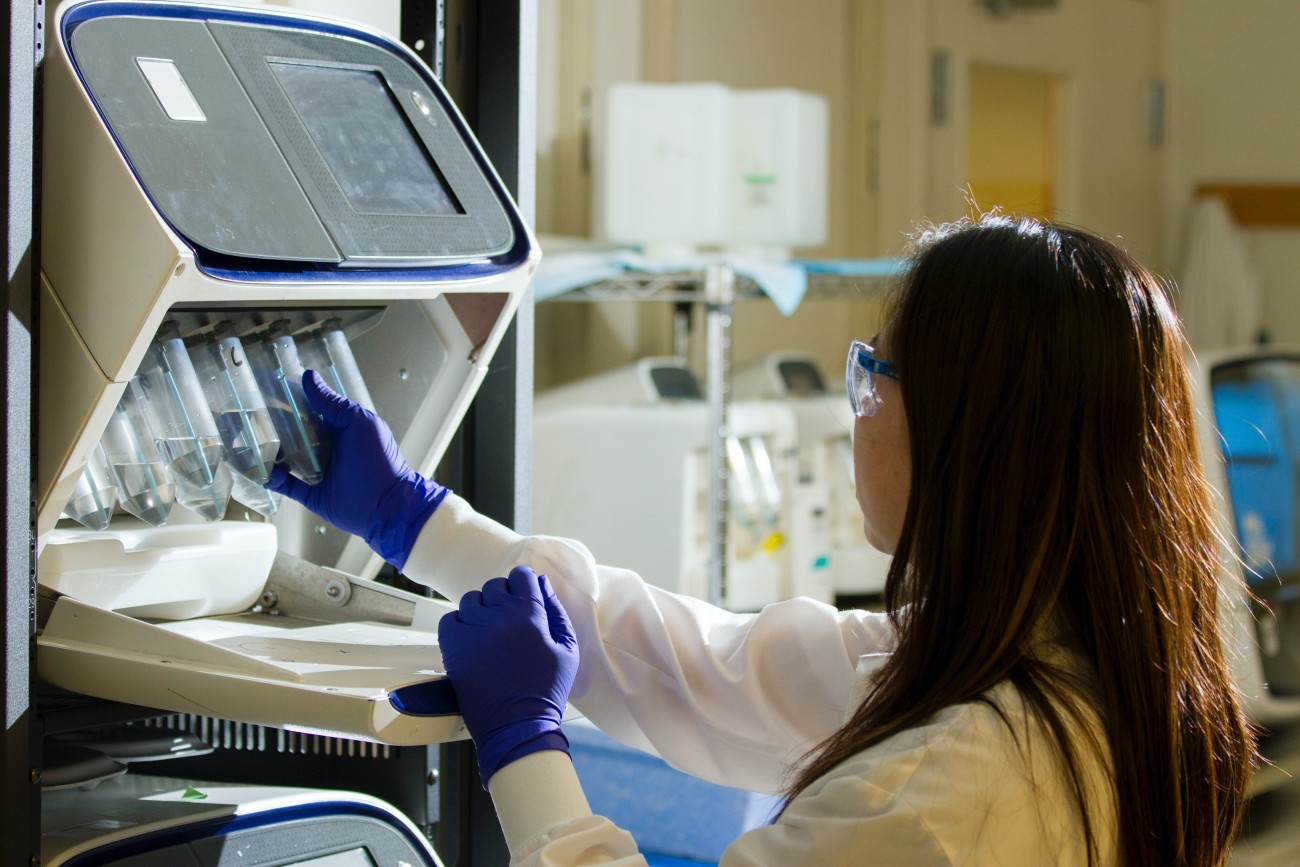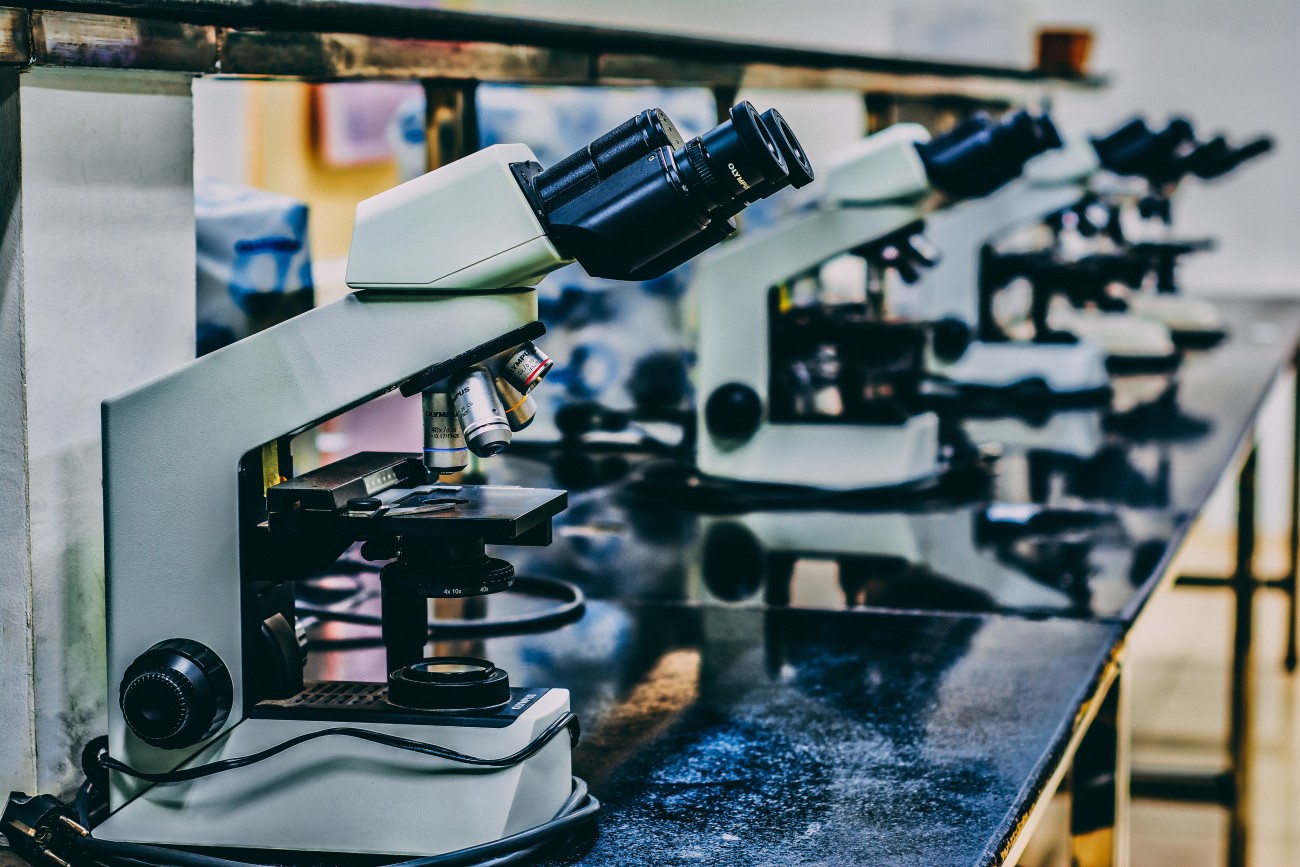

Diagnostic methods: choose carefully

In contrast to surgical and therapeutic methods, the EPO has a more specific and narrow view of what counts as a diagnostic method. For surgical and therapeutic methods, at least one step in the claim, that constitutes an act or physical activity of a surgical or therapeutic nature, is sufficient to be excluded under Article 53(c); this is not the case for diagnostic methods. To qualify as a diagnostic method and thus be excluded from patentability, a method claim must fulfil two conditions.
First condition to be excluded from patentability.
The first condition is that the method claim includes all the following four phases (G 0001/04):
- the examination phase, involving the collection of data,
- the comparison of these data with standard values,
- the finding of any significant deviation, i.e. a symptom, during the comparison,
- the attribution of the deviation to a particular clinical picture, i.e. the deductive medical or veterinary decision phase (diagnosis for curative purposes stricto sensu).

At first sight, one might think that this list makes it quite easy to circumvent the Article 53(c) exception: One or more phases can be omitted from the method claim (or application) and that's it! Right? That is partly correct. For example, methods to extract information from the body contain only phase (i) and are not excluded in principle (as long as they do not involve surgical steps, of course...). In this sense, imaging methods (X-ray, MRI), methods to measure blood pressure or other physiological variables are allowed.
In most cases, the removal or omission of features related to phases (iii)-(iv) is less straightforward. In many cases, the claimed method may end at step (iii), leaving step (iv) to a medical professional. Still, in some cases this is not possible. For example, the omitted feature(s) could be considered essential to the invention. They may also be unambiguously derived from the application as the object of the invention. For example, in decision T 0125/02 of the Boards of Appeal of the EPO, the identification of an impaired respiratory tract (or lung) function was regarded as representing phase (iv) because it determined the nature of a medical condition intended to identify or uncover a pathology, i.e., the diagnosis.
Clarity objections may be raised during examination if features are removed or omitted. To solve such objections it may be tempting to include more features in the claim. However, if the resulting claim contains features “”pertaining to all of the phases (i)-(iv), this may automatically exclude the claim from patentability under Article 53(c). We will talk about clarity in a later post.

Second condition to be excluded from patentability
The second condition is that the relevant steps of a technical nature meet the criterion of being "practised on the human or animal body". This applies in particular to phase (i), in which the patient is examined. For inventions that are based on data processing methods, the second condition can be more easily avoided. For example, an image processing method which processes existing images (or other data) may be claimed without including any step of creating new images of a patient. In this case, such processing steps belong to phases (ii)-(iii), which are generally not practised on the body, as they are often actions performed by, for example, a computer. This way, the whole claim may be considered not involving any steps practiced on the human or animal body. For inventions based on extracting information from the body i.e., phase (i), the second condition can be more difficult to avoid and extra caution should be used to avoid including any surgical steps.

How to properly protect inventions related to diagnosis?
Once again, Article 53(c) refers to method claims, not apparatus claims. Therefore, the first recommendation is, as in surgical and therapeutic methods, to focus on claiming apparatus rather than methods. To protect a method, special care should be taken when (1) choosing the object of the invention, (2) providing support for the assessment of inventive step, and (3) selecting the steps to enable the invention such as to avoid including all of the diagnostic phases (i)-(iv).
If you have any questions regarding IP protection of medical devices, do not hesitate to contact us (Healthcare | NLO). For more information on protection of IP of any matter please subscribe to NLO’s LinkedIn account.
